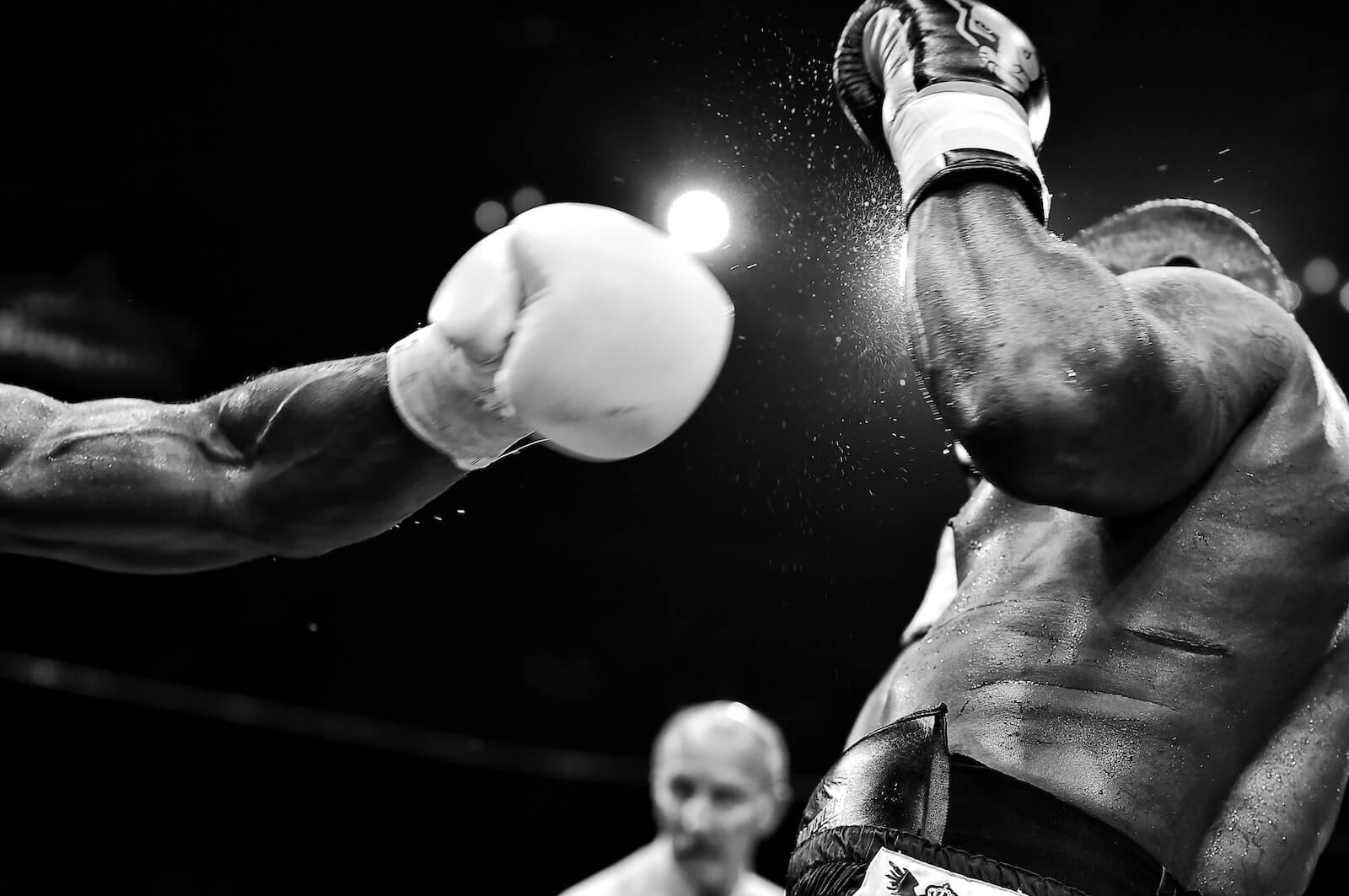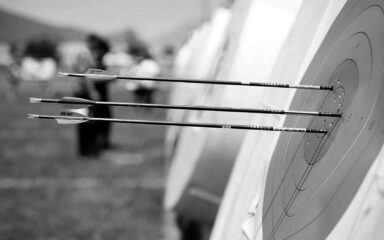Why aligning your visual and literal identity is essential to brand clarity

Filed Under Finance
This post came about because of two recent projects we saw in the region. Both real estate projects and both claiming the usual joyous lifestyle experiences every new development wants to offer, regardless of their ability to deliver.
The names have been removed to protect the guilty…
The first was for a major real estate developer in Dubai, their slogan accompanied their newly revealed type-centric brand mark. The rather brutal new uppercase (Arabic combo) word-mark was rather Marmite. You liked it or you loathed it; the mark’s design isn’t the subject of this post but its relationship (or divorce from) the brand’s slogan is. The brand’s promissory phrase eschewed the joys of a fluid, flowing lifestyle, which it did with type utilising the brand’s ultra modern and grotesque typeface, which it combined with a whimsical, hand-drawn ‘flowing’ word, set in a type face better suited to a Saga cruise holiday pamphlet.
A polite critique would use words like ‘incongruous’ while a harsher critic would erupt into expletives. What I can say is that it is wholly unaligned, as far as a brand expression is concerned. The incongruence feels as though the brand designer and copywriter didn’t attend the same briefing and then worked in different studios as they delivered this brand. Maybe the brand strategist was on leave that week and the remaining team members were left to fight it out. Who knows?
In place of a clearly defined expression of strategic words intent what we got was a conceptual soup. The brand designer pursued a brutalist, minimal and boldly concrete aesthetic whilst the word-smither surfed around them in a luridly floral Hawaiian twin-set. The slogans ‘flowing’ promise seem to be visually ejected from between the modern glyphs of the typeface like a taco’s filling after the first, tentative nibble.
What the brand designer and wordsmith needed to do was agree with the brand strategist that this brand was either going to be a brand surfing waves and rollicking, lovestruck around pastel shorelines, or one that proudly sported black turtle necks and drank craft beer at architecturally-on-point urban hang outs. Once it knew who it was, the brand could share its unique story convincingly, with its wanting public and could work to build trust through a consistently expressed personality. But that is a different world.
_
Lessons Learned 1.2
- Know ‘who you are‘ to truly express ‘what you can offer‘
- Don’t try to spread yourself too thin
- Express your personality with considered consistency – avoid being ‘boorishly similar‘ or ‘freakishly reinventive‘

Stay focussed on seeking a brand truth. Don’t be distracted by following other brands messages or ‘on trend’ newspeak. Meaningful differentiation is the ultimate goal in branding.
A polite critique would use words like ‘incongruous’ while a harsher critic would erupt fully into expletives;
The other example was closer to home. A project we were commissioned to work on is a project whose entire offering is about waterfront living. Note, not beach front, but waterfront. The incumbent brand slogan promised us all a ‘beach life style’ but not a single product in the proposition was anywhere near to sand, let alone a beach.
The brand logo was a good effort but didn’t represent the experience of living on an island. Island’s are relaxed places, trust me on this, I’ve lived on a few. Bahrain is a relaxed and friendly spot and waterfront projects here are as relaxed as they come. Sure, we have city centre destination nations and in these spots a more rigid identity sits comfortably. A waterfront destination offering a ‘life of tranquility’, needs a brand mark that expresses the same context.
Our work as creators of a brand is to develop a consistent visual and literal voice for a clearly-defined product. We needed to create a mark for this waterfront setting, a mark offering a feeling of tranquility, coupled with a slogan that helps convey ‘a home on the water’, albeit not close to the sandy setting of a beach. We have to build on the actual aspects of the product and to amplify its best parts in a way that entices without misleading. We need ‘the reveal’ to be a close cousin of ‘the tease’, else customers will naturally feel they have been mis-sold and trust is eroded, not built.
Similarly, we won’t best represent the offering and experience with a visual identity that looks urban, uber-cool and aloof. Hard angles, tough type or overly bold headline fonts are not going to help bring understanding of the lifestyle benefits of ‘the life aquatic’. We would do better to review and research boating themes and yatching cues, as ultimately the pastimes you can enjoy on the waterfront would be a better starting point for ideas than merely following on-trend design cues.
_
Lessons learned 2.2
- Dive into your brand’s core offer to discover an essential truth
- Creatively amplify this truth (about 10% should do) without loosing sight of reality (avoid the most amazing hyperbole ever!)
- Wrap this ‘truth‘ in an attractive visual and literal wrapper, one that speaks the language of your target

Make sure your actual offer informs the brand identity, name and slogan. If your product is ‘in land’, don’t put ‘waterfront’ in your slogan.

